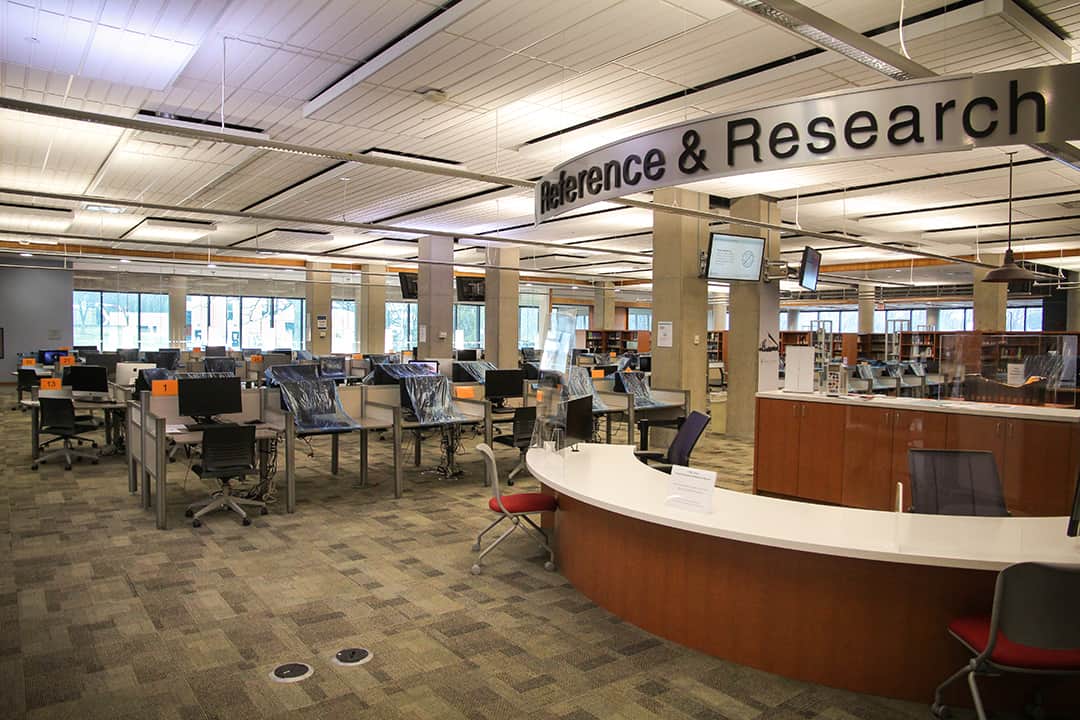After 18 years of using the current search system, U of T Libraries will introduce an updated system later this month that hopes to make experiences easier, more intuitive, and more streamlined. The new LibrarySearch system will combine different search areas into one, allow users to save previous searches, and organize saved materials, among other features.
Motivation behind the update
In an email to The Varsity, University Chief Librarian Larry Alford wrote that “The transition to the University of Toronto Libraries’ new library services platform (LSP) has been in the works for almost four years.” During this time, a team of library staff members and library migration experts from Ex Libris, a company that helps develop library systems, have been working to make the transition to the new system possible.
According to Alford, this transition is “a significant undertaking and requires the cooperation of staff from across [the] library system.” He could not disclose how much the new update cost, citing confidentiality reasons.
Alford explained that when the current system was first adopted nearly two decades ago, the library collection was primarily made up of physical formats and print copies of books, but has since diversified, and now includes electronic and digital assets as well. However, with this diversification, there is a need for a new system to “improve searching and access of both print and electronic resources,” he wrote.
Alford believes that the new services platform for the library will provide better management of all library materials, as well as better analytics that will allow U of T libraries to better “support current and anticipated research and teaching needs.”
Features of the update
For users, the new update brings a LibrarySearch discovery system that will allow for an integrated search experience. The previous system had article searching, the library catalogue, and library accounts all on different platforms, while the new system has all of these on the same platform. According to Alford, users have remarked that the new interface was “intuitive, easy-to-use, and streamlined,” and they appreciated how easily they could access and check everything in one place.
The new search experience also comes equipped with new, advanced features for “precise and efficient searching” that provides more relevant results, including filters for navigation. Users will now also be able to save search results, favourite items, and export citations. Overall, the user experience has become far more personalizable.
Users who participated in the initial rounds of user testing for LibrarySearch gave “overwhelmingly positive” feedback and enjoyed the system. Not only was the system update useful, but it was also in line with other common digital interfaces users come across, allowing for a smooth and seamless transition for most users. Rounds of feedback also showed that even new users with limited experience “were able to quickly learn how to use the interface and perform most research-related tasks successfully,” wrote Alford.
He continued that while the system is not finalized yet, the team members “will continue to iteratively improve the system as [they] receive more feedback from users.”


